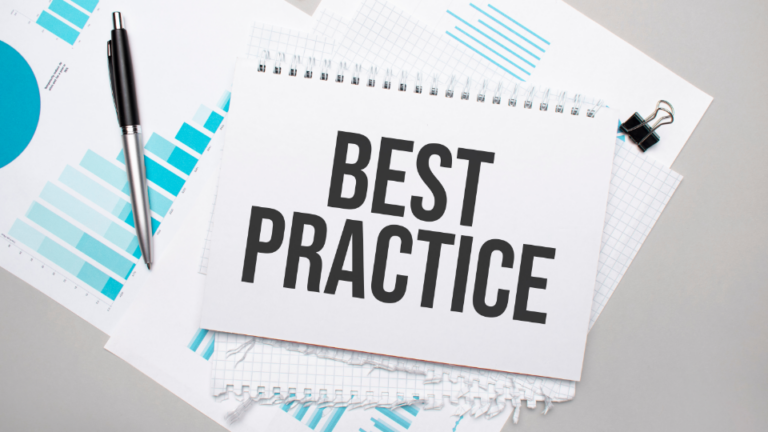Strategies for Tracking and Maintaining PDUs for Systems Engineering Professionals
By Kimberley Taylor & René King (PPI)
Introduction
Tracking and maintaining Professional Development Units (PDU) or Continuous Professional Development (CPD) points is a critical yet often neglected aspect of professional growth for systems engineering practitioners, particularly those pursuing INCOSE Systems Engineering Professional (SEP) certification or registration with professional societies. The process of capturing PDUs can become cumbersome and is frequently treated as an afterthought, leading to delays in record submission and lapses in certification renewal. This article explores best practices for accumulating, capturing, and tracking PDUs to make the process more manageable and rewarding. By implementing systematic approaches and leveraging technology, systems engineering practitioners can streamline their PDU activities, ensuring timely submissions and maintaining continuous professional accreditation. The recommendations provided aim to transform the PDU tracking process from a burdensome task into an integrated component of professional development.
Why PDU Tracking is Important
A SEP Certification is valid for three years for CSEP and five years for ASEP. It is renewable for three or five-year periods, respectively. Maintaining SEP certification through submitting PDUs is important because it demonstrates ongoing competence and contributes to professional growth. It ensures that you remain a valuable and active member of the professional community, staying current with industry advancements and maintaining the high standards expected by both INCOSE and other professional societies.
SEPs should track their professional development activities throughout their certification period. SEPs are encouraged to keep a log of these activities and retain additional supporting information in case of an audit.
Best Practices to Maintain Your PDU Log
Logging PDU activities is essential as it provides a structured record of professional growth, ensuring engineers can easily showcase their continuous learning and adherence to industry standards. It also helps in planning future development, identifying gaps in knowledge, and staying current with technological advancements.
- Record on a Tracking System
-
- CPD/PDU Recording Software: Use platforms like CPDme, MyCPD, or CPD Cloud to log activities, upload documents, and easily generate reports.
- Spreadsheets: Create a detailed PDU log in Excel or Google Sheets. Use separate columns for date, activity description, learning outcomes, and supporting documents.
- Update Your PDU Activities
-
- Allocate times and set reminders on your phone monthly or quarterly to update your log.
- Immediately record your course on your chosen tracking system to avoid forgetting.
- Categorize PDU Activity Types and Align with Competencies
-
- Manage formal education (courses, workshops), informal learning (reading, webinars), work-based learning (projects, mentoring), and professional activities (conferences, presentations).
- Ensure your PDU activities align with the competencies required by INCOSE or the relevant professional body.
- Collect and Organize Documents
-
- Certificates and Receipts: Scan and store all certificates of attendance, receipts, and proof of participation.
- Reflective Statements: Write brief reflections on what you learned and how it applies to your work. This helps in demonstrating the value of the PDU activity.
- Backup Your PDU Records
-
- Cloud Storage: Use cloud storage solutions like Google Drive, Dropbox, or OneDrive to store digital copies of your PDU records.
- Local Backup: Keep a local backup on an external hard drive or USB stick.
- Review and Reflect
-
- Annual Review: At the end of each year, review your PDU log to ensure it meets the requirements of your professional body.
- Self-Assessment: Reflect on your learning needs and set PDU goals for the upcoming year.
- Generate Reports for Certification
-
- Automated Reports: Use software that can generate PDU reports in formats required by your professional body.
- Manual Reports: If using a spreadsheet, ensure you can easily compile the data into a report format, summarizing your activities and attaching relevant documentation.
- Stay Informed on PDU Requirements
-
- Professional Body Guidelines: Regularly check the guidelines and requirements of your professional body regarding PDUs.
- Workshops and Seminars: Attend sessions that explain PDU requirements and best practices for maintaining your log.
- Network and Share Best Practices
-
- Peer Discussions: Engage with peers in your profession to share strategies for maintaining PDU logs.
- Professional Groups: Join online forums and professional groups that discuss PDU management.







